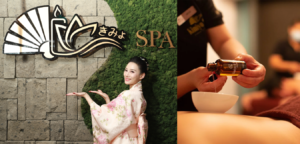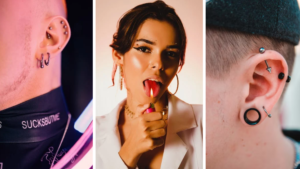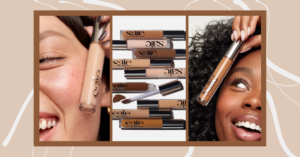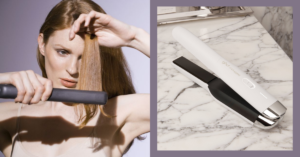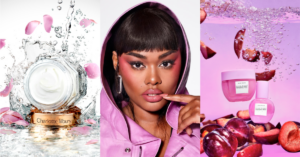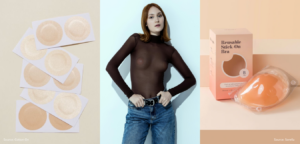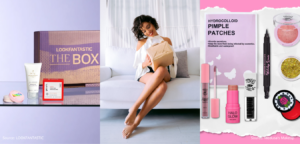The Beginners Guide On Head-To-Toe Body Piercing; Which Area Suits You?
Prep, after care, healing and more
By: Aqilah Najwa Jamaluddin / June 8, 2022
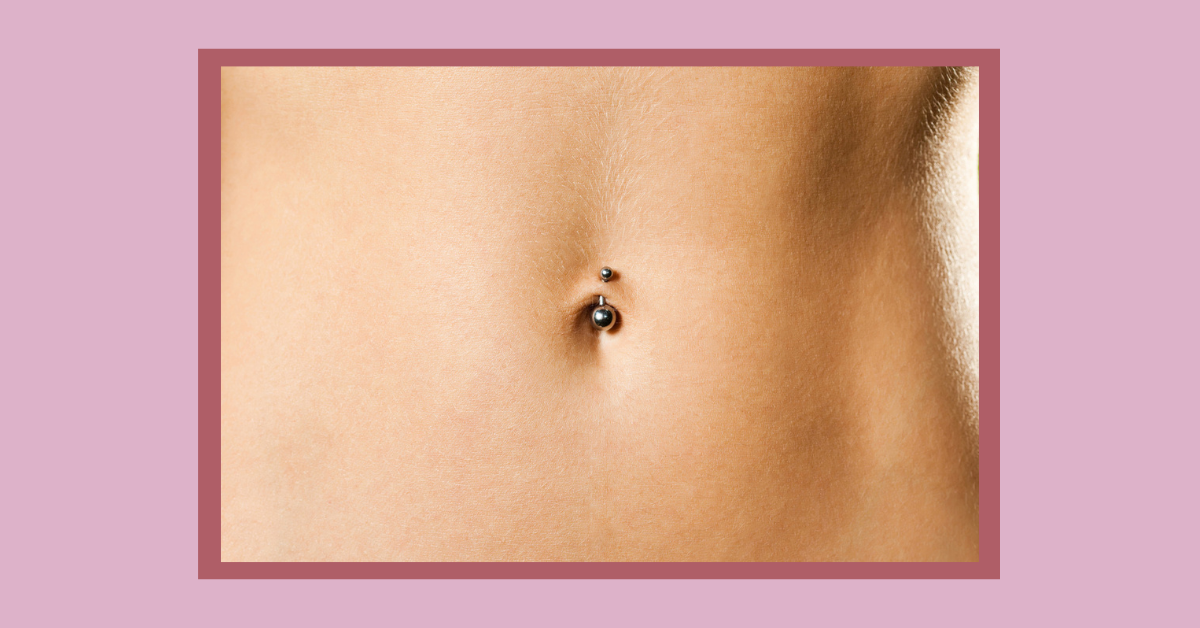
What I enjoyed most about being a woman is definitely the body art. I appreciate the flexibility of being able to modify a portion of my body for as long as I want while having the freedom to change it back at any given time. That is the allure of living in a woman’s world. The concept of dressing up and playing pretend at any time, including jewellery buying and piercings.
There are several sorts and styles to pick from, not to include body regions. And, while body piercings are not as irreversible as tattoos, you should still take precautions when picking where to get pierced. Speaking of body piercing, regardless of where the piercing is situated, you should probably consider upfront whether this is something you genuinely desire. A piercing is also a commitment with the risk of infection, so it’s critical that you go to a reputable, CDA-Approved studio piercing salon and follow all of the required aftercare recommendations to adequately maintain the hygiene of your new piercing.
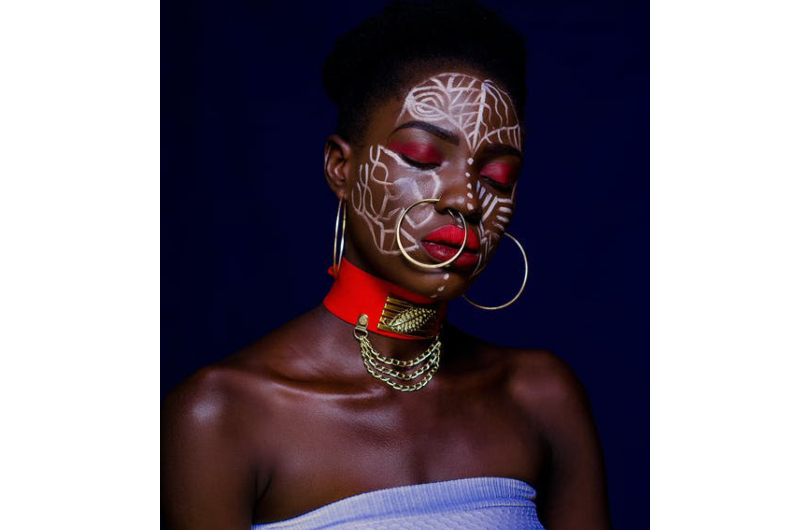
Therefore, while it may appear that obtaining something as minor like an earlobe piercing there is a lot to consider. For example your pain tolerance. And the average pain levels, dangers, and recovery timeframes can differ depending on the specific type of piercing. Learning these relevant factors can help you make the best selection and prepare for the pots-care.
Below, Beauty Insider helped compile the ultimate guide on getting your first body piercing.
The Preparations
As mentioned above, always double check with yourself whether this is something that you really want. Make sure you determine the specific location prior to getting the piercing. Instead, you may come to regret it later. You can always get rid of it later on, but you’ll have wasted money and effort, don’t you think? Aside from that, there isn’t much you can do to practically prepare for the agony.
When it comes to hiring a professional piercer, reviews are crucial. While some piercing salons tend to show off their authorizations, sometimes that can be deceptive. Because some beauty bars actually hire internship piercer rather than professional ones. Overall, the best approach to guarantee your piercer is competent is to look at the reviews and see what other customers are saying about their expertise. Detailed research goes a long way.
The Pain
Among the most common errors prior to piercing is overthinking about the pain. Because everyone’s body chemistry differs, what is considered ‘too extreme’ for one person could just be a baby pinch for another. Earlobes are perhaps the least painful sort of body piercing since there aren’t as many sensory receptors. However, if you’re getting more than one piercing at the same time, the chances of you facing additional pain is higher, as your body is still attempting to recover from the first jab.
The nipples and genitals are the most painful places because they are the polar opposite of the ear lobe due to their extremely sensitive and densely packed sensory receptors. Understand that everyone’s body reacts differently to piercings, and at the end of the day, your enthusiasm for the piercing should surpass whatever amount of discomfort you’re ready to face. You know what they say about love hurts…
You could request for the workers to go gentle if you would like to. A little update here and there would help. In terms of healing, you can expect it to last not more than 5 days. If you do face irritation, redness and discomfort for more than 5 days, please go consult a doctor, as you might be facing an infection.
The Aftercare
When it comes to the aftercare, it’s a lot easier. Usually, they will provide you with a painkiller liquid drop. But if they don’t you can simply purchase them at the nearest pharmacy. Make sure you wash your hands before holding your freshly jab ears. If you want to clean off the earrings, use a saturated sterile gauze pad with saline solution or fill a small container or cup and soak them up with salt. Just gently press it on at both back and front of your piercings while squeezing the cotton to release the saline solution. If you prefer the soaking method, just make sure you do not leave them in for more than 5 minutes.
We recommend a dab of sea salt and water for a more natural technique. Dip a soft cotton ball inside the cup which was filled with a pinch of sea salt and slowly dab or rub onto the piercing area. The actual recovery period, or the amount of time it takes for your skin to recover to its natural state, is influenced by the area of the skin itself. The more sensitive the area, the longer it could be.
Ear Piercing
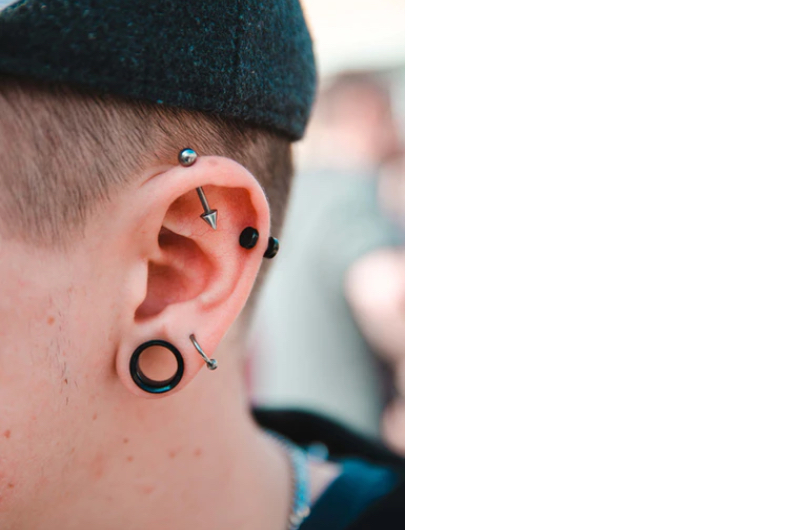
Ear piercings range from classic to edgier, which is probably why earrings are so prevalent. For example, an orbital piercing goes from side to side rather than front to back. Some penetrate the cartilage, which may require more time to heal, while others pierce the epidermis-flew parts. Ear cartilage piercings, such as the Daith, Snug, Helix, and Conch, have varying healing times and pain tolerances. In general, recuperation time ranges from four to twelve months. Cartilage piercings are also more susceptible to infection since cartilage has less blood circulation to combat bacteria.
Helix and Helix Orbital: These are the coiled outside edges of your upper ear cartilage.
Conch: The conch is located at the huge entrance of your ear and is one of the most vulnerable to cartilage damage and inflammation.
Daith: An interior cartilage-fold cartilage piercing.
Rook: A ridge of ear cartilage that runs along the middle of the ear, similar to the outer rim.
Tragus and Antitragus: A spherical cartilage bony protrusions right outside the ear canal.
Industrial/Scaffold: The jewellery is a multiple piercing with a long-spanning bar.
Snug/Anti-Helix: Along the inner vertical cartilage crest.
Facial Piercing

Consider getting a face piercing if you want to go for a more extra touch. However, do note that the pain degree experienced with any piercing site on the facial varies since everyone’s threshold and responsiveness are diverse. Each piercing can be painful for a few extended periods of time depending on how it is impacted, such as during a close embrace or being stuck on tight clothes.
Erl/Bridge: Across the nose bridge.
Dimple/Cheek: A hole that has been pierced through to the interior of your mouth.
The septum: A piercing on the soft tissue in the middle of your nose.
Nostril: Through the nostril’s delicate cartilage.
Brow: Just a general on the brow.
Oral Piercings

Oral piercings may undoubtedly check the rebellious and stylistic vibes and they can also be less noticeable than other facial piercings, which has its own benefits. And though oral piercings are unpleasant, they are not as traumatic as one might think. They are, however, at a higher risk of infection, therefore regular aftercare and dental hygiene, such as tooth brushing, chewing, and regular cleansing in the mouth, are essential.
We recommend using a saline spray for the exterior of an oral piercing and either a saltwater combination or Biotene after meals or smoking for two weeks, in addition to cleaning the outside of the piercing everyday.
Body Surface
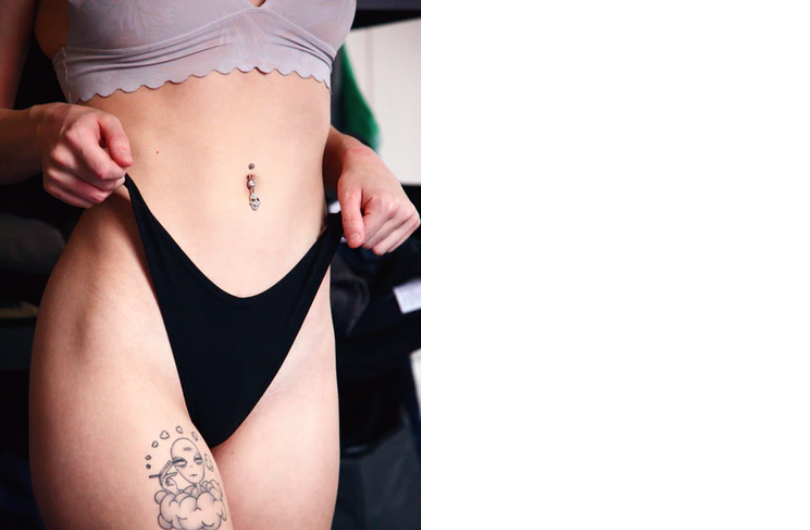
The body itself provides a wide surface for practically limitless piercing options. Because body skin heals slower than face skin, it is common for a body piercing to take longer to recover. Furthermore, places with more nerve endings are frequently more sensitive and painful, such as genital and nipple piercings, whereas belly button piercings are far less uncomfortable since there is more flesh. Skin piercings may also be more prone to rejection or relocation. Bumps, discomfort, and swelling are typical complications, but clinical infections are rare.
Navel/Belly Button: This is an extremely germy region that requires a lot of aftercare, and you’ll need to be attentive for three to four months.
Nape: A vertical surface with balls at either end piercing the back of the neck.
Sternum/Cleavage: This has a greater infection rate.
Madison: A clavicle surface piercing is more likely to be rejected.
Dermal Anchors & Microdermal Implants: A protruding implant.
Corset Piercings: Longitudinal rows of piercings that can be linked together using string or ribbon.
For more beauty infos, make sure to follow us on Instagram and Facebook! Also, check out our Insider Mall to Shop & Get Rewarded!



